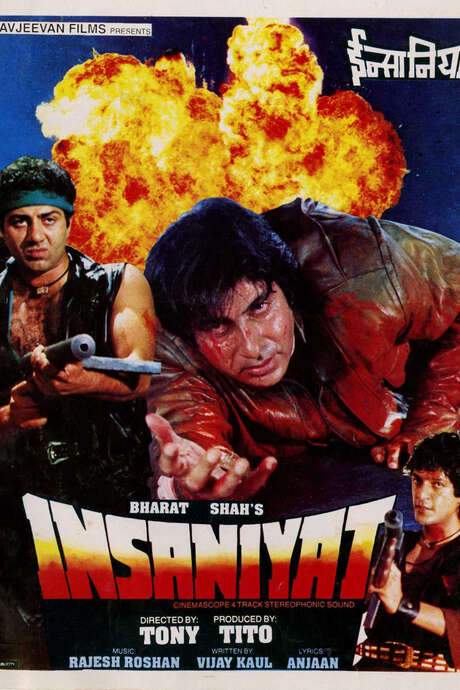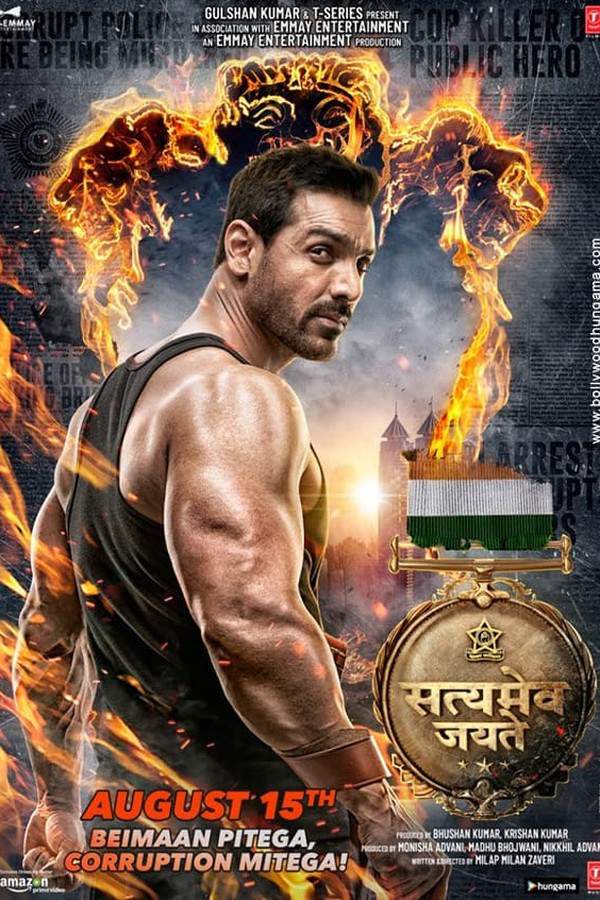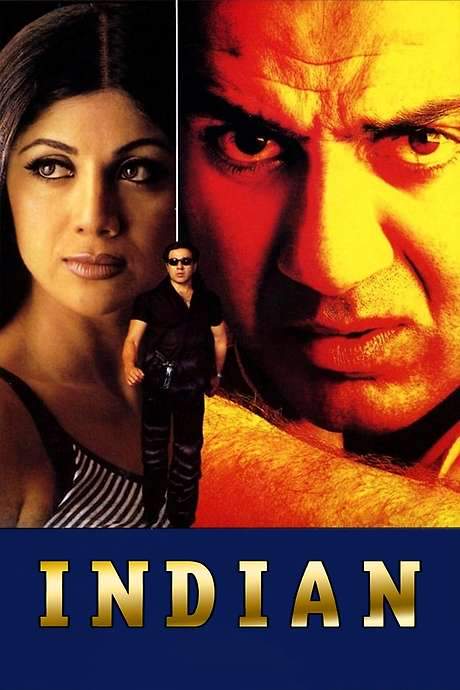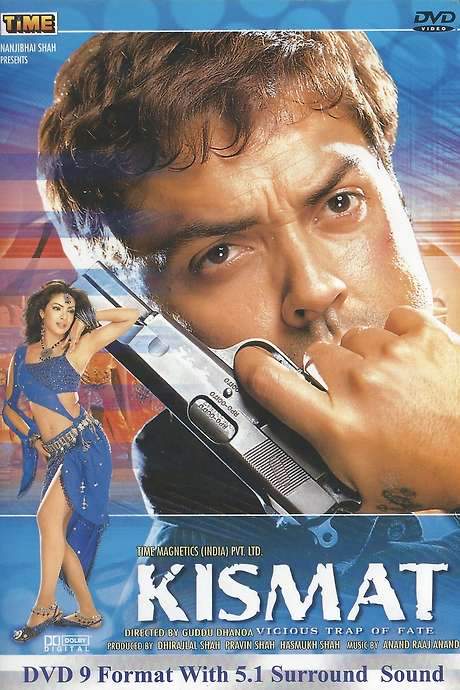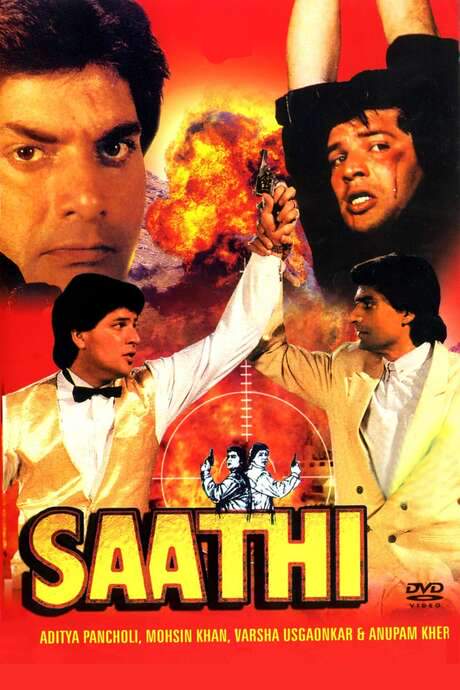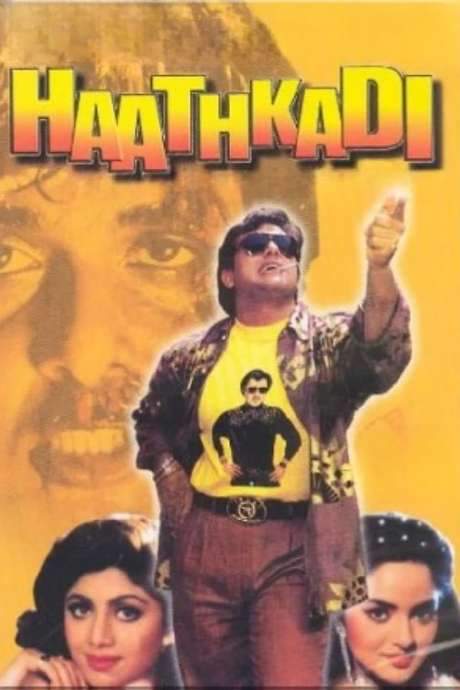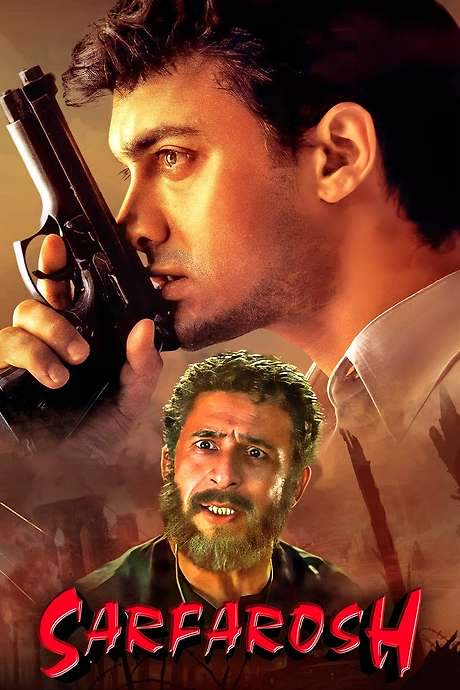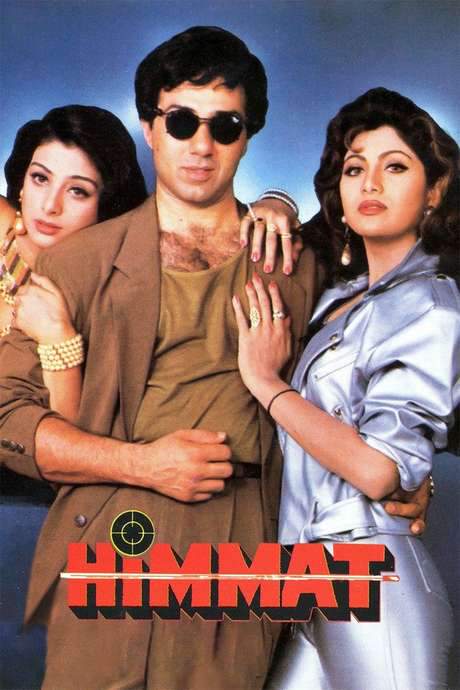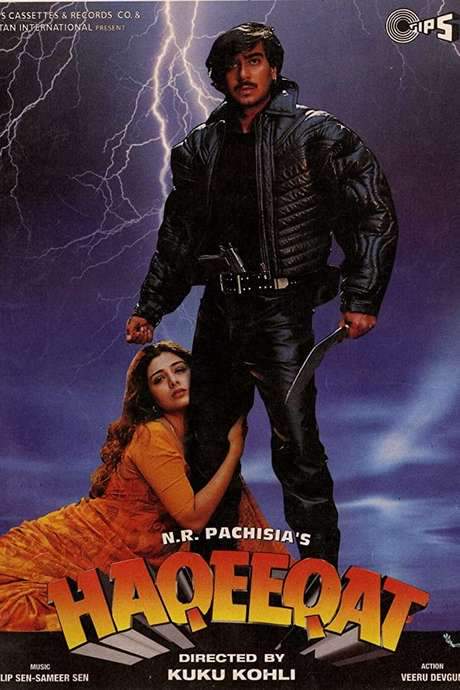Warning: spoilers below!
Haven’t seen Insaniyat yet? This summary contains major spoilers. Bookmark the page, watch the movie, and come back for the full breakdown. If you're ready, scroll on and relive the story!
Insaniyat (1994) – Full Plot Summary & Ending Explained
Read the complete plot breakdown of Insaniyat (1994), including all key story events, major twists, and the ending explained in detail. Discover what really happened—and what it all means.
In a city teeming with crime and shadowed loyalties, Insp. Amar Pal Singh, Amitabh Bachchan, breaches the fortress of the notorious Goga and pessoally overpowers the gang leader, bringing him to the police station. The confrontation reveals a painful personal thread: Goga was the man who tore Amar away from his parents, Hardayal and Shanti Devi. Goga’s arrest ends with a shocking turn as he takes his own life in custody, leaving Amar rattled by a deeper truth about the criminal underworld.
From the wreckage rises a newer, darker threat. Amar learns that Goga has a son, Brijbhan, a high-profile criminal who works hand in glove with corrupt police and even some army officers to spread terror across the country. Brijbhan has forced Amar’s childhood sweetheart Shalu into captivity, using her as both leverage and a symbol of the personal cost of his criminal empire. To counter this, Amar hatches a plan that defies the usual police playbook: he aims to fuse two rival gang leaders into a single front against a growing, systemic threat that feeds off fear and sectarian division.
Karim Lala, Sunny Deol, is a formidable and deeply respected figure in the underworld, but his long-standing feud with Harihan—rooted in religious differences—has kept the city on edge for years. Karim’s power is matched by a stubborn pride, and his loyalty to his own code often hardens into a blind spot for reconciliation. Yet, Karim’s heart still holds a personal thread: he is in love with Salma, a detail that humanizes him even as it complicates his loyalties. The image of two men, one who fights for a cause and the other who fights for family and survival, becomes a lens through which Amar sees how ordinary people get pulled into extraordinary violence.
As the investigation unfolds, Amar pieces together a sprawling conspiracy led by Brijbhan. Realizing that he cannot defeat the criminal mastermind alone, he pitches an audacious alliance: unite Karim Lala and Harihan to break Brijbhan’s stranglehold on the city. The two gang leaders are initially wary of setting aside decades of enmity, but Amar’s relentless honesty about the consequences of Brijbhan’s schemes—how they scorch innocent lives and destabilize the very fabric of the nation—begins to sway Karim. The process is messy, marked by distrust, delicate political calculations, and a shared sense that Brijbhan’s tyranny could not be allowed to continue.
In parallel to this fragile partnership, the plot thickens with a turn of personal revelations. Shanti Devi, Amar’s mother, discovers that Amar is alive and is, in fact, her long-lost son. Their emotional reunion unfolds in prison, a moment that rekindles the family bond Amar thought he had lost forever. Meanwhile, Shalu seizes a brief moment of freedom and attempts to reconnect with Amar, but Brijbhan, always one step ahead in disguise, captures her again, tightening his grip on Amar’s past and present.
The height of the film’s tension arrives when Shalu, overwhelmed by despair at the prospect of losing Amar, consumes poison in a desperate act of love. Amar, anticipating such a tragic ending, stages a dramatic escape from the gallows, slipping into a new life with his resolve intact. He finds his little sister Munni, who has suffered trauma to the point of mental distress, and brings her into the fold as a reminder of what is at stake. Karim, aided by Harihan, storms Brijbhan’s fortress and begins to dismantle his operation piece by piece. Salma, in a calculated move, uses herself as bait to draw out a high-ranking army officer, a ploy that results in the officer’s death at the hands of Karim. The poison’s effects loom over the proceedings as Shalu collapses mid-dance, a symbolic turning point that showcases the fragility of hope in a war-torn world.
Shanti Devi responds to the crisis with a fierce, ritual drumbeat, a strange yet powerful image of a mother channeling strength to satisfy Brijbhan’s demands. Amar arrives with Munni, and a full-scale assault erupts. The fortress erupts in gunfire, and a large number of Brijbhan’s followers fall to Karim and Harihan’s determined assault. Brijbhan, enraged, fires at Shanti Devi in a bid to crush Amar’s family ties, but Amar throws himself between them and is shot in the process. Brijbhan seizes the moment to kidnap Munni and flee, forcing Amar into a grueling chase that leaves him battered and bleeding.
What follows is a tense pursuit through Brijbhan’s labyrinthine fortress. Despite another round of gunfire and injuries, Amar and his allies manage to rescue Munni and bring Brijbhan back into the open, where Karim and Harihan deliver the final judgment Brijbhan has long avoided: the end of his tyranny at their hands. With Brijbhan dead and the fortress collapsing around them, Amar collapses from his wounds, a quiet plea from Shanti Devi echoing in his ears. He urges that Karim and Harihan honor his mother’s pleas and ensure her safety, before he dies, leaving a city scarred but steadied by a fragile negotiation between old enemies who chose to fight a common, more powerful foe.
The film weaves together a saga of duty, family, and the uneasy alliance between rival factions. It asks whether a fractured society can be steered toward justice when individual loyalties are tested to the breaking point. It dwells on the成本 of vengeance and the redemptive possibility of unity, all set against a backdrop of high-stakes crime, shifting identities, and the timeless question of what it means to protect the innocent.
Last Updated: October 09, 2025 at 11:22
Unlock the Full Story of Insaniyat
Don't stop at just watching — explore Insaniyat in full detail. From the complete plot summary and scene-by-scene timeline to character breakdowns, thematic analysis, and a deep dive into the ending — every page helps you truly understand what Insaniyat is all about. Plus, discover what's next after the movie.
Insaniyat Timeline
Track the full timeline of Insaniyat with every major event arranged chronologically. Perfect for decoding non-linear storytelling, flashbacks, or parallel narratives with a clear scene-by-scene breakdown.

Similar Movies to Insaniyat
Discover movies like Insaniyat that share similar genres, themes, and storytelling elements. Whether you’re drawn to the atmosphere, character arcs, or plot structure, these curated recommendations will help you explore more films you’ll love.
Explore More About Movie Insaniyat
Insaniyat (1994) Scene-by-Scene Movie Timeline
Insaniyat (1994) Movie Characters, Themes & Settings
Insaniyat (1994) Spoiler-Free Summary & Key Flow
Movies Like Insaniyat – Similar Titles You’ll Enjoy
Tashan (2008) Full Movie Breakdown
Satyameva Jayate (2018) Spoiler-Packed Plot Recap
Indian (2001) Spoiler-Packed Plot Recap
Qayamat: City Under Threat (2003) Story Summary & Characters
Kismat (2004) Detailed Story Recap
Aan: Men at Work (2004) Complete Plot Breakdown
Saathi (1991) Ending Explained & Film Insights
Watan Ke Rakhwale (1987) Ending Explained & Film Insights
Haathkadi (1995) Plot Summary & Ending Explained
Insaniyat Ke Devta (1993) Complete Plot Breakdown
Dushmani: A Violent Love Story (1995) Detailed Story Recap
Sarfarosh (1999) Film Overview & Timeline
Himmat (1996) Full Movie Breakdown
Haqeeqat (1995) Complete Plot Breakdown
International Khiladi (1999) Detailed Story Recap
